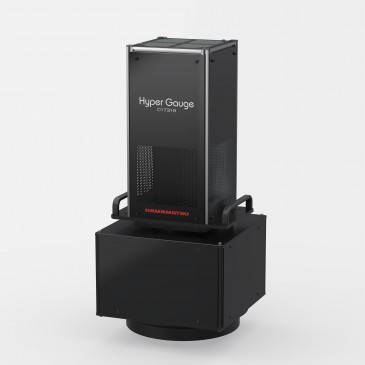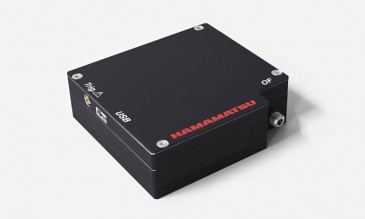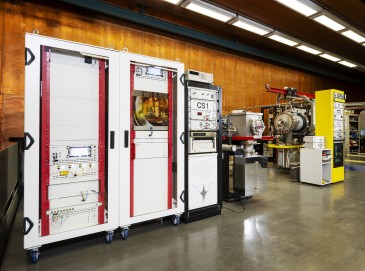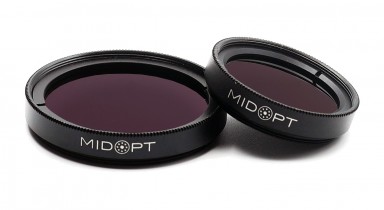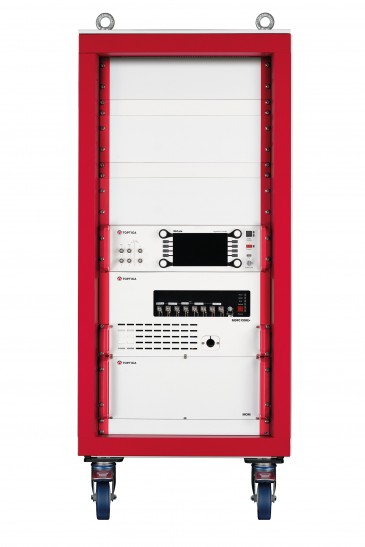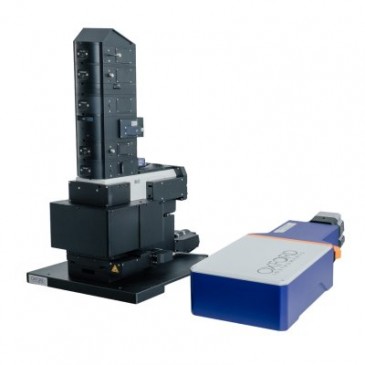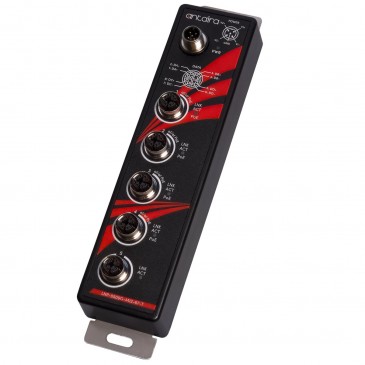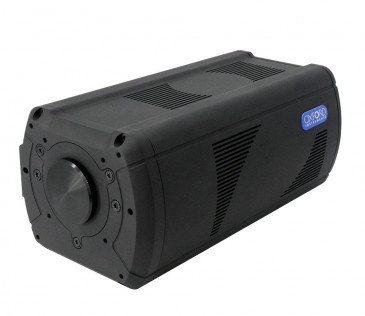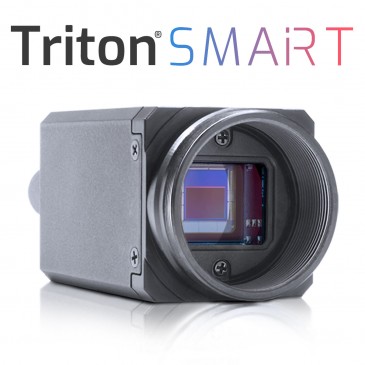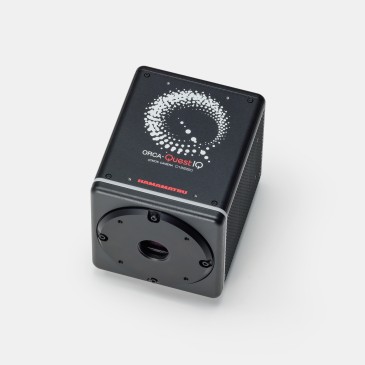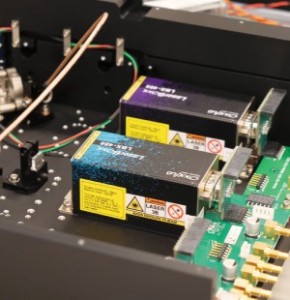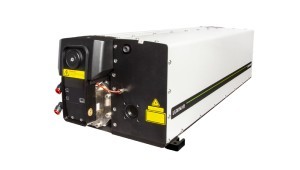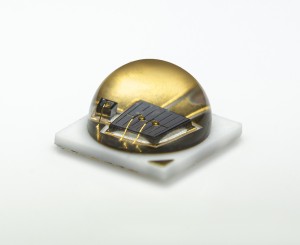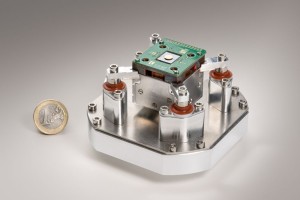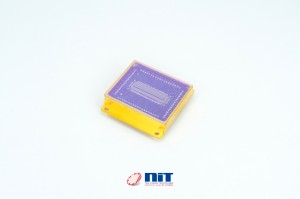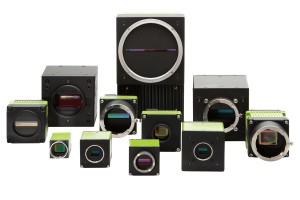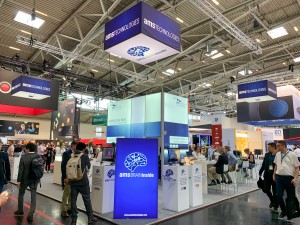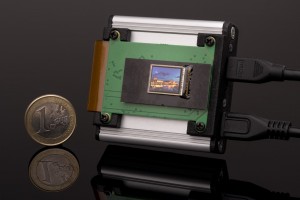
As the result of a joint 1.3 million Euro Eurostars Optitune research project, design engineers at Edinburgh Instruments developed a novel grating-based fluorescence spectrometer whose performance has been enhanced by the use of linear variable filters manufactured by Denmark-based Delta Optical Thin Film.
Linear variable filters are designed to be used either individually, or in pairs, to block or transmit specific wavelengths. They are available as longwave pass, shortwave pass, or dichroic filters. Longwave pass edge filters block light until a transmission band is reached, whereas shortwave pass edge filters pass light throughout the filter length until a blocking band is reached. Dichroic edge filters, on the other hand, make sure that unwanted wavelengths are reflected and desired wavelengths are transmitted.
According to Dr. Oliver Pust, the Director of Sales and Marketing at Delta Optical Thin Film, linear variable filters are like any classical interference filter in that they consist of a variable number of interference layers deposited on a fused silica substrate. The layer sequence and thickness of the layers determine the spectral function of the filter and the wavelengths that are transmitted through it. The thicker the interference layers, for example, the higher the band that is transmitted.
“In the design of the Edinburgh Instruments fluorescence spectrometer, a pair of Delta’s filters were combined to form a bandpass filter with a finely tunable center wavelength and bandwidth, and deployed in the excitation monochromator and in the emission monochromator of the instrument (Figure 1). The effect was a marked reduction in the background intensity of the signals detected by the instrument and an improvement in the signal to noise ratio of the acquired signal,” said Dr. Pust.
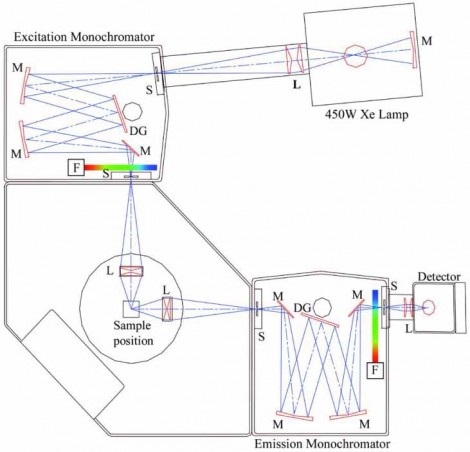
Figure 2: Typical setup of a single-monochromator spectrometer. M: Mirror, L: Lens, S: Slit, DG: Diffraction Grating, F: New variable filter stage.
The fluorescence spectrometer itself comprises a 450W Xenon lamp that produces light that is directed through a lens through a slit in the excitation monochromator. The slit controls the spectral resolution of the monochromator, or its ability to separate close wavelengths. Having passed through the slit, the light is reflected off a collimating mirror, which parallelizes the beam of light onto a diffraction grating. The tunable diffraction grating spatially separates light of different wavelengths into their component wavelengths. A specific wavelength of light diffracted from the grating is collected by another pair of mirrors which refocus the light on the exit slit (Figure 2).
The wavelength of light reflected from the grating, however, contains higher harmonics of light, as well as stray light reflected from other components and surfaces within the instrument. In the past, this was addressed by inserting a fixed filter into the unit, but this has the disadvantage of limiting the instrument to a single range of frequencies.
“To improve the quality of the signals detected, it is possible to use double monochromator spectrometers, which employ twice the number of diffraction gratings in both the excitation monochromator and the emission monochromator. Although the effect is to reduce the stray light detected by the instrument, the use of the additional diffraction gratings also reduces the throughput of light from the instrument,” said Dr. Pust.
Selectable bandpass filters
The engineers at Edinburgh Instruments took a different approach. To suppress the unwanted light, a pair of Delta Optical Thin Film’s filters – a longwave pass edge filter and a shortwave pass edge filter – was deployed before the exit slit of the excitation monochromator. By controlling the linear filters in relation to one another with a motorized translation stage driven synchronously with the diffraction grating in the monochromator, the filters act as a selectable bandpass filter whose wavelength can be precisely tuned to match the wavelength of light selected by the diffraction grating.
The monochromatic wavelength of light selected by the excitation monochromator then passes through a lens which focuses the light onto a sample to be analyzed. A proportion of the incident light is absorbed by the sample, and the molecules in the sample fluoresce. The fluorescent polychromatic light emitted by the sample is then focused by a second lens through the slit on the emission monochromator which analyzes the spectral characteristics of the fluorescent light to resolve the emission spectrally.
To do so, the panchromatic light is collimated by a mirror onto a diffraction grating. Once more, the diffraction grating acts to separate the light into its component wavelengths. The monochromatic light (again with higher orders of light and stray light associated with it) is then focused onto a second pair of filters. Like the filters in the excitation monochromator, the filters in the emission monochromator act as a tunable band-pass filter through which the light passes before exiting the slit on the monochromator where it is sampled by a photomultiplier.
 Figure 3: Raman spectrum of cyclohexanemeasured at an excitation wavelength of 500 nm. The red curve (upper) denotes a spectrum taken at 1 nm spectral resolution without the use of variable filters. The green spectrum (middle) is taken with the variable filters in place. For comparison, the same measurement was repeated on a double-monochromator spectrometer (blue – lower). The signal is severely reduced.
Figure 3: Raman spectrum of cyclohexanemeasured at an excitation wavelength of 500 nm. The red curve (upper) denotes a spectrum taken at 1 nm spectral resolution without the use of variable filters. The green spectrum (middle) is taken with the variable filters in place. For comparison, the same measurement was repeated on a double-monochromator spectrometer (blue – lower). The signal is severely reduced.
Background signals observed
To highlight the effectiveness of the filter stage, engineers at Edinburgh Instruments conducted a study in which they measured the Raman scattering of cyclohexane (Figure 3). A significant level of background signals was observed in the spectrum captured by the instrument without the filters fitted to it.
When the filters were introduced, however, the background signals were reduced by an order of magnitude without a reduction in the signal strength. Furthermore, the reduction in photonic noise made even weak peaks in the signal observable. The signal to noise ratio improved by a factor of 3.4 for the strongest peak in the spectrum and for lower peaks, even better ratios were achieved.
For comparison, the researchers conducted the same experiment on a double monochromator system. As expected, the use of two additional diffraction gratings in the beam path severely reduced the signal strength, which despite the reduction in background levels, rendered the weaker peaks unobservable.
“Because of the high transmission of our two edge filters, their deep blocking of broadband stray light and suppression of higher orders of wavelengths from the grating, the result is an improved signal to noise ratio while maintaining the same signal strength. So by combining a diffraction grating with a tunable bandpass filter, you get the sensitivity of a single monochromator and the signal to noise ratio of a double monochromator,” said Dr. Pust.
Dr. Pust is keen to point out that the field of fluorescence spectroscopy is not the only area where the fully tunable bandpass filters have proved useful. A variable short wavelength pass filter and a variable long wavelength pass filter have also been used by engineers at Fianium, to select the wavelength output from a supercontinuum laser.
Delta Optical Thin Film’s Dr. Pust said that while both applications have undoubtedly proved successful, his company is not resting on its laurels. The company is currently engaged in researching how it might broaden the wavelength ranges of the filters that it offers from its present 300-850nm wavelength range. In addition, the company is examining the means by which it might increase the out-of-band blocking that the filters provides from their present OD3/OD4 or (0.1%/0.01% transmission) rating to OD6 (0.0001% transmission).
Written by David Wilson, Senior Editor, Novus Light Technologies Today






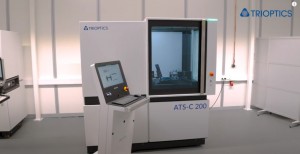
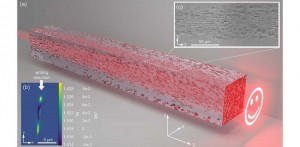
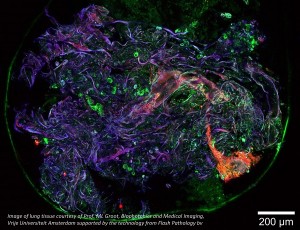

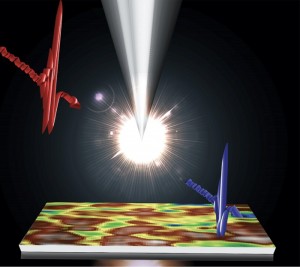

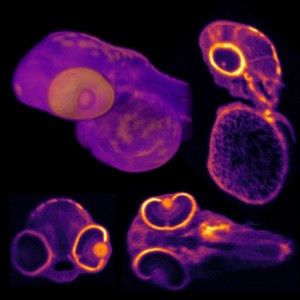
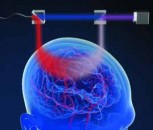


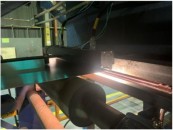





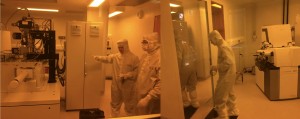
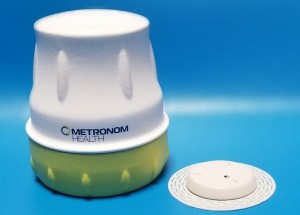


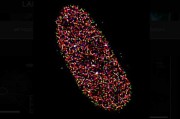
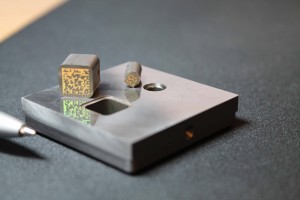

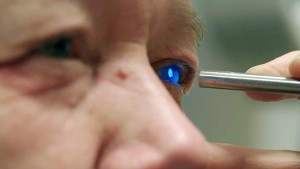


 Back to Features
Back to Features